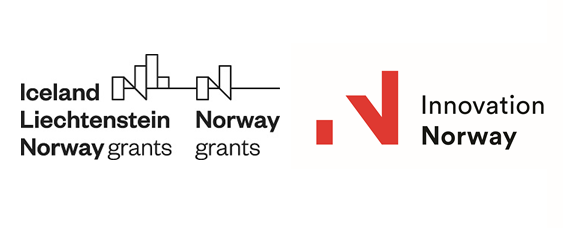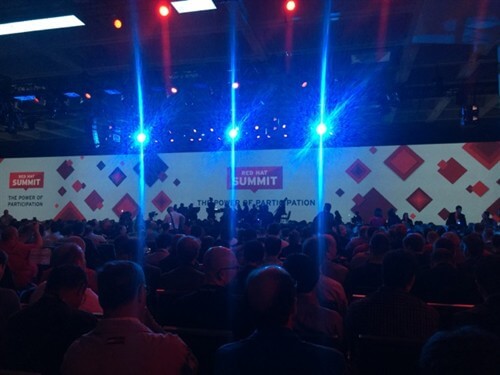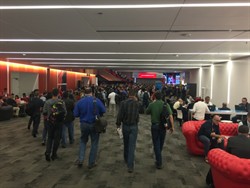Sorina Bera, Allevo: If corporates become SEPA compliant, they will benefit of faster settlement and earlier access to a clear view on liquidity and cash flow.
SEPA has been a long debated subject in the financial sector almost for 10 years now. Although SEPA implementation in Euro countries is now considered a done deal, there still are holes and gaps that can be improved in non-euro members of the EU. On a paved road, now it is time for banks and corporates from non-euro countries to comply with this standard for processing payments requests. So, as of 31 October 2016, the SEPA end date, this regulation will have direct impact on non-euro countries in the EU/EEA. From that day on, transactions between banks and corporates must conform to the new European Standard in Financial Messaging.
The SEPA EU initiative aims to implement a uniform and competitive payment service which should translate into efficiency gains for businesses and public administrations, as well as for banks. Common standards, faster settlement and simplified processing are meant to improve cash flow, reduce costs and facilitate access to new markets.
What about this trio: SEPA, non-euro EU countries, corporate-to-bank space?
Via the EU Regulation No. 260/2012 for the corporate-to-bank space, SEPA sets the standard for processing payments requests: corporate customers must use ISO20022 pain.001 messages when requesting initiation of payments from their banks.
If corporates become SEPA compliant, they will benefit of faster settlement and earlier access to a clear view on liquidity and cash flow. So far, there are still corporates that have not planned for this project at all, while others are looking into options, planning or already implementing a solution to become compliant.
For corporates, the main requirement, as Europe moves towards a Single Euro Payments Area (SEPA), is to format their payments messages according to the existing SEPA schemes.
From recent experience of implementing SEPA in euro countries, it seems highly likely that the specifications will evolve, change and that they will keep on changing.
How to be ready for SEPA?
There are several phases for companies preparing for SEPA compliance: conduct an analysis on the impact of SEPA on internal processes and procedures, check if there are any internal applications ready to process congruent payment initiation or direct debit requests, establish an internal testing schedule and also plan testing sessions with partner banks. This means a lot of preparation and know-how are needed for the successful implementation of such a solution within a corporation. There are some steps that need to be taken in order to achieve it: impact analysis, defining requirements, updates/acquisition, implementation and testing.
Aside from the need to update all internal applications for conformity and given the tight SEPA compliance deadline, end of October 2016, Allevo’s recommendation consists of using a stand-alone converter application for translating current payment initiation requests into SEPA format. Such an approach considerably shortens the implementation time and also has no impact on internal applications and processes, while achieving rapid compliance and a more streamlined communication with the bank.
Allevo also provides a more complex and complete solution for corporations, a payment request centralization solution, a SEPA compliant solution that works irrespective of the format or standard used by running applications. Besides compliance, such a solution offers various benefits that include those that come with using a single window for all financial transactions sent or received from partner banks: filtering, validation, reporting, liquidity management, reconciliation, etc.
FinTP is Allevo’s complete open-source application that processes transactions, automates flows and offers compliance to regulatory and industry standards. In order to assist corporate customers in complying with the above-mentioned EU Regulation, Allevo created a specific SEPA feature for FinTP.
Being an open-source software, FinTP comes with several advantages: no initial licencing costs, unrestricted access to the application’s source code and technical documentation and full access to the resources of FINkers United, the community for all enthusiasts gathered around FinTP to rethink finance.
About Sorina Bera

Sorina brings extensive technology background, market sensitivity and vision. In her role as CEO, she was empowered to lead Allevo into its next phase and consolidate the change of the business model to open-source. The flagship software designed by Allevo’s specialists, FinTP, is the first application for processing financial transactions published under free open source licence.
About Allevo
Allevo provides software solutions that help financial institutions of all sizes reduce TCO and achieve end-to-end interoperability across the financial supply chain by using FinTP, a complete open-source application that processes transactions, automates flows and offers compliance to regulatory and industry standards.
The Allevo guaranteed distribution of FinTP is aimed to grow competitiveness and offer operational risk containment, making such systems affordable to SMEs as well.
FinTP and all ancillary documentation is distributed freely and openly through the FINkers United community and it provides collaboration ground for rapid development and integration of new technologies, such as crypto currencies, biometric security, data analysis algorithms. This creates an open infrastructure for achieving real-time payments and a better management of liquidity and assets.
Source: www.thepaypers.com











